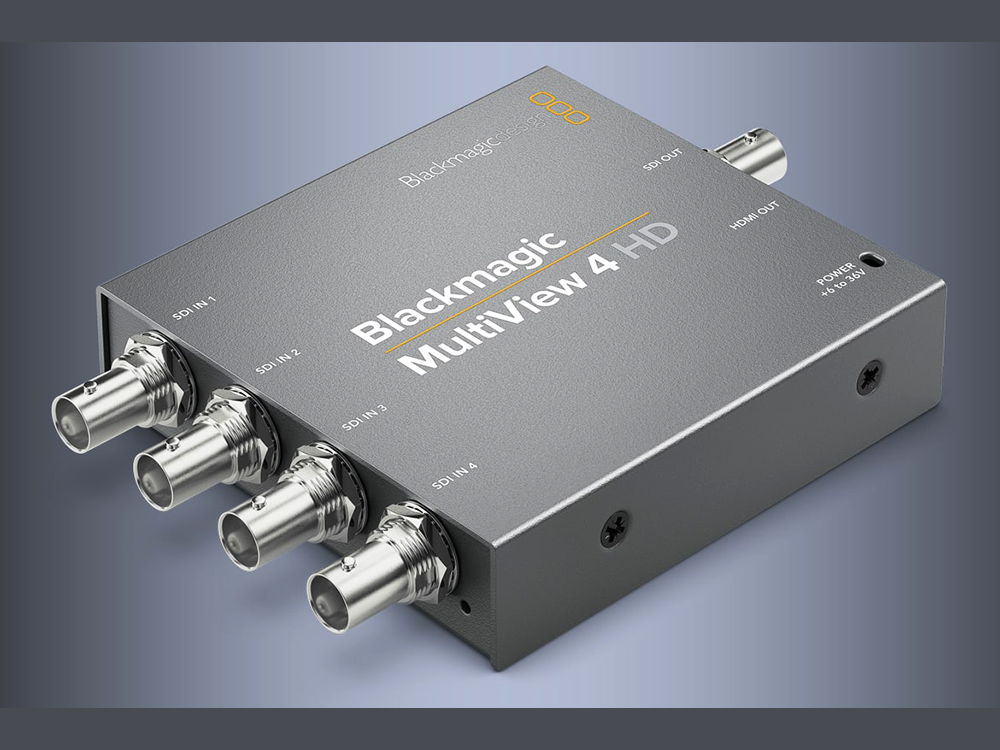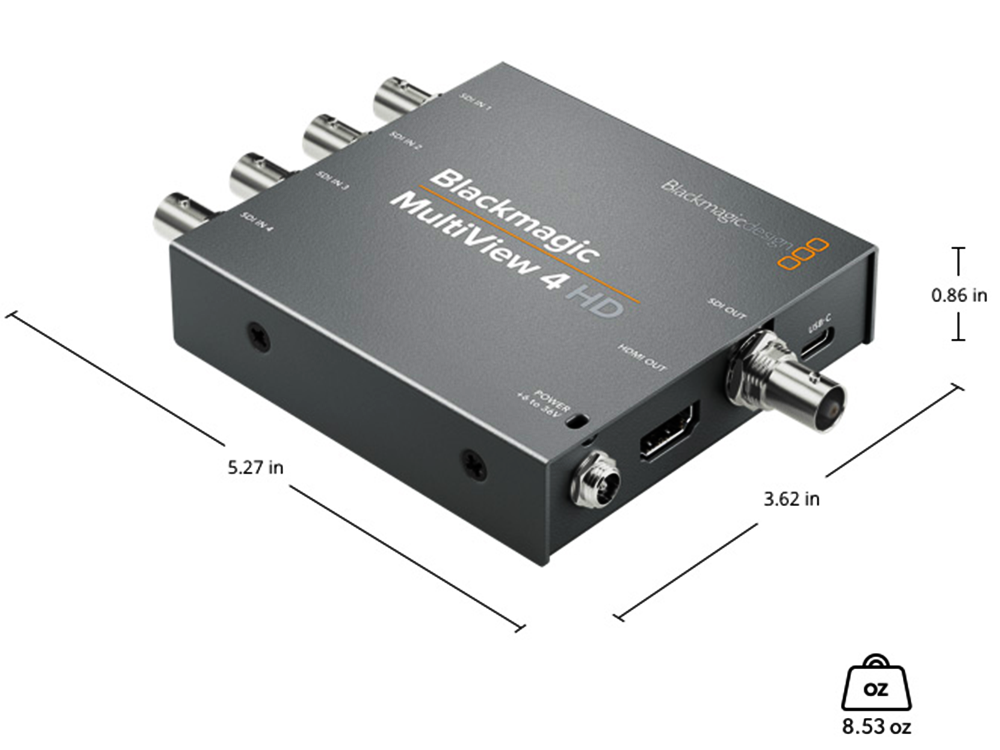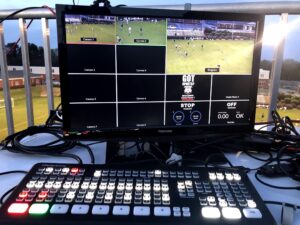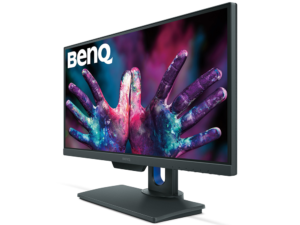The Blackmagic MultiView 4 HD model is a low cost multi viewer that lets you simultaneously monitor 4 different SDI video sources on a single display! Each view is a completely independent video monitor with overlays that you can turn on and off such as custom labels, audio meters and more. Full frame re-synchronization on each input lets you monitor any combination of video signals, even if they are different frame rates. The multi rate 3G-SDI connections are compatible with all existing SD and HD equipment and formats up to 1080p60, including Level A and B devices. Plus, you get both 3G-SDI and HDMI outputs so you can use traditional SDI displays or even low cost big screen televisions.
Here is some general information about the Blackmagic MultiView 4 HD:
Video Monitoring Solution: The MultiView 4 HD is primarily used for monitoring multiple video sources on a single display or multiple displays simultaneously. It allows users to view multiple video signals on a single monitor, making it ideal for live production, broadcast, post-production, and other video-related applications.
Number of Inputs: As the name suggests, the MultiView 4 HD supports up to 4 high-definition (HD) video inputs. These inputs can be a mix of various formats, such as HDMI, SDI, or a combination of both.
Output: The device typically has one HD output that is used to connect to a monitor or display. This output can be connected through HDMI or SDI, depending on the model.
Picture-in-Picture (PiP) Support: The MultiView 4 HD may offer Picture-in-Picture functionality, allowing users to display one video source in a smaller window within the main video output. This feature is helpful when monitoring multiple sources while keeping one as the main focus.
Customizable Layouts: Users can often configure the layout of the displayed video signals, choosing from various presets or creating custom layouts that suit their specific monitoring needs.
Built-in Scopes and Displays: Some models may include built-in waveform monitors, vectorscopes, and other essential monitoring tools to assist with color and signal analysis.
Control Options: The MultiView 4 HD can be controlled through a hardware interface, computer software, or both. Blackmagic Design often provides dedicated control panels or software interfaces for easy configuration and management.
Compatibility: The device should be compatible with standard video resolutions and formats, including various HD formats commonly used in video production.








